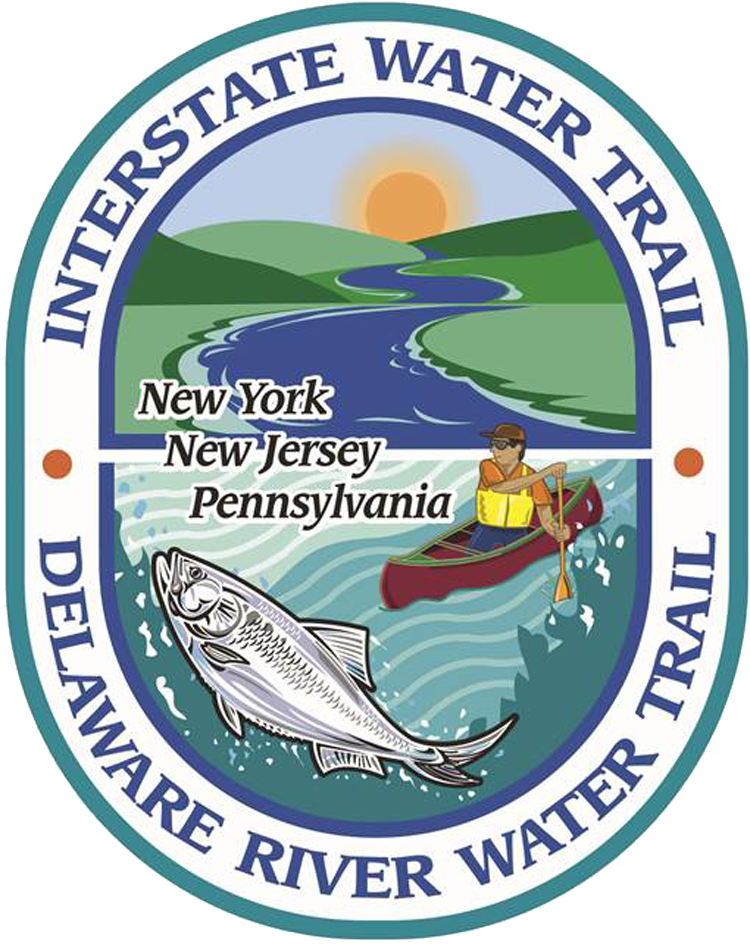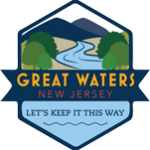The Upper Delaware is a mountain river known for its trout fishing waters, stunning scenery, and whitewater paddling. It is one of the most popular paddling destinations in the northeastern United States. River travelers are treated to views of dramatic cliffs and rock formations such as Hawks Nest and Elephant Rocks. On any given day, one can expect to see bald eagles, osprey, and even the occasional deer. Bear sightings are extremely rare.
Much of the Upper Delaware is part of the Upper Delaware Scenic & Recreational River, a unit of the National Park System, and includes 73 miles of the river along the New York- Pennsylvania border, from Hancock, New York to Sparrowbush, New York. Despite the federal designation, most of the land along the river is privately owned. More than a dozen public access points and nearly as many private accesses provide ample opportunity for canoeing, kayaking, rafting, tubing, and fishing. Canoes, kayaks and tubes are the most popular form of recreation. Water craft are available to rent from many commercial outfitters. The Upper Delaware S&RR prohibits personal water craft (e.g., jet-skis) on the river within its boundaries. Note: Jet skis are permitted between the Upper Delaware and Delaware Water Gap and are launched from the West End beach in Port Jervis.
Along your journey, you will discover outstanding historic places and structures, including remnants of a once-busy canal and the Delaware Aqueduct, the nation’s oldest existing wire cable suspension bridge. From the river, you will see the Delaware Aqueduct as you pass by the Village of Lackawaxen, Pennsylvania, which also features the Zane Grey Museum, once home of the most famous novelist of the American West. The Lackawaxen River, largest tributary to the Upper Delaware River, joins at the upstream end of the village. Those traveling by car on Route 97, which parallels the river, are treated to spectacular views of the river at Hawks Nest.
Although the Upper Delaware is known for its whitewater and draws heavy traffic during warm weather months, the first 30 miles below Hancock feature a series of shallow riffles and pools. Upstream reservoir releases produce cold water temperatures, even in the middle of summer.
There are several major rapids, including Skinners Falls, located 5 miles above Narrowsburg, New York. It is perhaps the most famous along the entire length of the Delaware, although not necessarily the most difficult to navigate. Nevertheless, paddlers should scout this and other rapids from shore before attempting passage. Beginners can also consider carrying their boats around Skinners Falls. From Narrowsburg to Port Jervis and Matamoras there are also numerous rapids or rifts including Ten Mile, Shohola, and Mongaup, to name a few. The Shohola Rift and Mongaup Falls are perhaps the most challenging to safely navigate, requiring paddling skills and river reading experience.
The Upper Delaware may be known as a whitewater destination but there are several long stretches of quiet pools known as eddies. Long Eddy, Quicks Eddy, Handsome Eddy and Pond Eddy are all deep, slow moving stretches of the river.
Recreational users can call the National Park Service’s River Conditions Information Line at 845-252-7100 to hear reports of temperatures, river height, and safety conditions. The information is updated daily during the paddling season. For more information visit www.nps.gov/upde.


